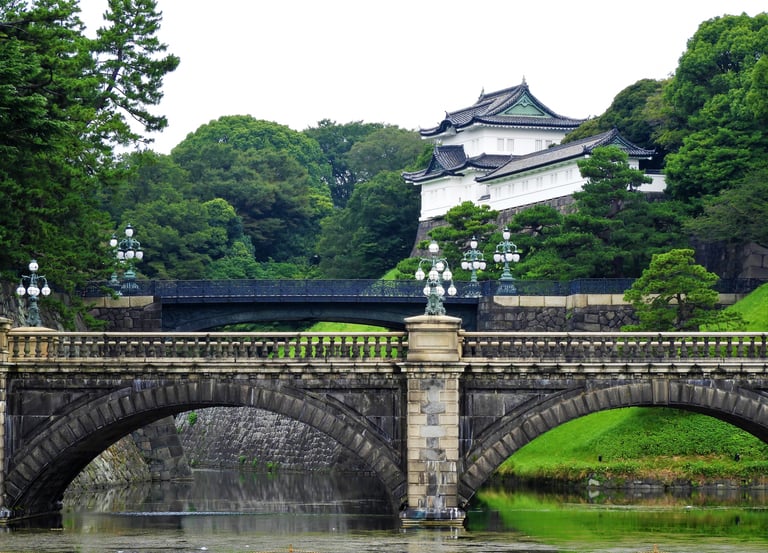Why the Tokugawa Shogunate Lasted for Nearly 300 Years
11/20/20252 min read


Why the Tokugawa Shogunate Lasted for Nearly 300 Years
In Japanese history, few eras were as long and stable as the Edo period, the age ruled by the Tokugawa shogunate. Beginning in 1603 and lasting until the late 1860s, this period brought peace after more than a century of warfare. Why did the shogunate endure for so long, and how did it eventually come to an end?
When and How the Tokugawa Shogunate Began
The Tokugawa shogunate officially started in 1603, when Tokugawa Ieyasu was appointed as shogun and established his government in Edo, present-day Tokyo. During the administrations of Ieyasu and his successors, especially Tokugawa Iemitsu, political systems were strengthened. These included strict control over regional lords, travel regulations such as the sankin-kotai system, and policies that restricted foreign influence. These structures became the foundation of the shogunate’s long-lasting stability.
Reasons for Its Longevity
1. Firm Control Over Regional Lords
The shogunate created rules that prevented powerful feudal lords from acting independently. Frequent travel to Edo, strict building regulations, and close monitoring ensured no single lord could challenge the central government.
2. Limited Contact with Foreign Powers
The policy often described as “sakoku” reduced external threats and helped maintain domestic order. Japan avoided major conflicts with foreign nations until the mid-19th century.
3. Governance Based on Systems Rather Than Constant Warfare
During the Edo period, political power depended on social structure and formal rules, not on military force. This reduced internal conflict and supported long-term stability throughout the country.
How the Edo Period Came to an End
The end of the Edo period did not happen all at once. It unfolded in several stages, each marking a different kind of “end.”
1. 1867: The End of the Shogunate as a Government
Tokugawa Yoshinobu, the last shogun, returned political authority to the emperor in what is known as the Taisei Hokan. At this moment, the shogunate as a form of government effectively ceased to exist.
2. 1868: The End of the Edo Period as a Historical Era
With the Meiji government’s formation in 1868, the Edo period is considered to have ended in terms of historical classification. Most textbooks define the Edo period as lasting from 1603 to either 1867 or 1868.
3. 1868–1869: The End of the Shogunate’s Military Power
Although the government ended, the former shogunate’s forces continued to resist. Their final defeat occurred during the Boshin War, which concluded in May 1869 with the fall of the Goryokaku fortress in Hakodate. Only then did the shogunate’s military presence disappear completely.
Summary
The Tokugawa shogunate lasted for nearly 300 years because it established strong political systems, minimized external pressure, and maintained a stable social structure. Its end was gradual rather than sudden, occurring through political change, the rise of a new government, and finally the defeat of its remaining military forces. This layered ending is essential to understanding how one of Japan’s most influential eras came to a close.
